#Museums in Georgia
Text
Museums in Georgia offer a Cultural Exploration: Visit 7 Must-See Exhibits

Explore Georgia's rich history through its diverse museums on our exclusive Georgia tour packages 2023. Discover archaeological treasures, sacred artifacts, and artistic masterpieces spanning over 1,000 years. The National Museum of Georgia, the largest in the country, houses an extensive collection, including Urartian inscriptions, hominid bones, ceramics, ancient icons, handicrafts, and historical clothing. Explore these remarkable exhibits not only in Tbilisi but also in various display buildings. Additionally, delve into comprehensive collections of zoology, anthropology, and geology, enhancing your immersive journey through Georgia's cultural tapestry. Join us for an unforgettable exploration of Georgia's fascinating heritage in 2023.
Georgia also has a large number of local exhibition centers and art galleries where exhibitions from diverse collections are frequently opened. The majority of art galleries are private, although this does not stop them from exhibiting the best Georgian masterworks from previous centuries. Please be aware that practically all museums in Georgia close at 18 o'clock on Mondays (and even earlier in the winter).
Museum of Georgia
The Museum of Georgia, a section of the National Museum of Georgia, is situated on Shota Rustaveli Avenue in the heart of Tbilisi. Taxis and public transportation are both simple ways to get to the Museum. The Museum in Tbilisi is home to an exceptional collection of ancient artifacts from all around the world, including items from the third century. A permanent exhibit about the Caucasus' natural history is available to visitors to the Millennium BC.
Soviet Occupation Museum
The Georgian History Museum houses the Soviet Occupation Museum, which depicts the 70 years of Soviet authority in Georgia, starting in 1921 and ending with its fall in 1991. Along with other artifacts depicting Georgia's social and political tyranny during the Soviet era, you can view the personal files of "rebellious" prominent personalities in Georgia as well as preparations to have them executed or exiled. One of the train cars where the 1924 national revolutionaries were executed is also housed in the hall.
National Gallery, Tbilisi
The National Gallery is one of the amazing places to visit in Georgia if you love art and want to see Georgian painters' greatest works. The structure was constructed in response to the Russian tsar's 1888 plan to establish a military and historical museum to highlight the superiority of the Russian Empire inside its borders. The works of Georgian artists from the 18th and 19th centuries, such as Niko Pirosmani, Lado Gudiashvili, David Kakabadze, and the sculptor Iakob Nikoladze, are currently on display in the museum's permanent collection.
Dadiani Palace Museum
In addition to these objects, the museum boasts a beautiful library with books from Napoleon's personal library, furniture in the French and Russian styles, and personal gifts from British, Russian, and foreign nobles to the Dadiani family. Dadiani Palace in Zugdidi, Samegrelo region, is home to more notable remnants of both Georgian and European culture. Over 45,000 pieces, some of which were part of the Dadiani family collection, may be found at the museum. The death mask of Napoleon Bonaparte and the robe thought to have been worn by the Virgin Mary are two of the most important treasures on display here. Salome Diadiani Murat, the spouse of Napoleon's nephew Achille, brought the mask to Georgia.
Sighnaghi Museum
Georgia's most renowned wine-producing region is Akheti. The best tourist spot that must be seen practically all year round is this one. Home to a number of museums in Kakheti, but one is unquestionably worthwhile. This is the Sighnaghi Museum, which is situated in the romantic city of Sighnaghi. Five thousand ethnographic relics, including textiles, copper and wooden household goods, agricultural tools, winemaking supplies, jewelry, and musical instruments, are on display at the Sighnaghi Museum. You may also see the extensive numismatic collection of around 2000 coins, which includes old Sassanid Persian coins as well as local coinage issued by Georgian kings Erekle, Tamar, and Lasha-Giorgi. On the second floor of the museum, Niko Pirosmani's transient paintings are also on display.
Tsinandali Museum
In the Akheti district, the Tsinandali Museum is housed in the residence of Alexander Chavchavadze, a poet and aristocrat from Georgia. Various slices of furniture, works of fine and decorative art, and manuscripts from Chavchavadze's collections are on show in the museum. The house-Museum also features a beautiful nineteenth-century garden and a wine cellar that was constructed in 1835. Regional buses and taxis are two ways to get to Sighnaghi and Tsinandali. The stations are a short walk from several museums in Georgia.
Svaneti Museum and Tower of Margiani
Visitors visiting Georgia are required to climb the Svaneti Mountains. As the tsars transported their wealth to the mountains during invasions, the Samegrelo-Zemo Svaneti region served as the Keeper of the Georgian Treasury for centuries. The Svaneti Museum in Mestia, which is a division of the National Museum of Georgia, currently houses these artifacts, making it one of the most significant collections kept in Georgian institutions. With its renovated media library, modified foyer, and roof terrace (in the summer), the Svaneti Museum serves as an important regional social space in addition to exhibiting one-of-a-kind masterpieces of domestic and international decorative and applied arts.
Before continuing your ascent to Ushguli, which is thought to be the highest continuously inhabited settlement in Europe, a cup of delectable coffee at a cafe with a panoramic view of the towers of Svaneti and the summit of Tetnuldi will lift your spirits and give you new energy. Regional buses go from Zugdidi and Tbilisi to Mestia. The Mestia city center is just a short stroll from the Museum to visit during Georgia tours.
3 notes
·
View notes
Text
so curious what everyones favorite museums are
#mine are probably titanic belfast and of course the georgia okeeffe museum in santa fe#anyway rb and put in the tags etc#🐏
2K notes
·
View notes
Text

Clam and Mussel (1926). Georgia O'Keeffe.
237 notes
·
View notes
Text
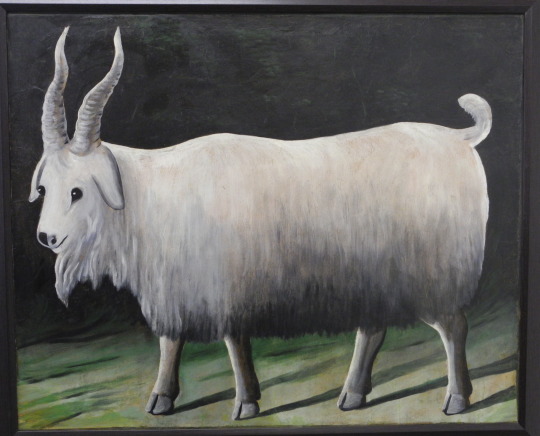
Niko Pirosmani (Georgian, 1862–1918)
A Goat, 1904?
oil on cardboard, 49 x 80 cm
Art Museum of Georgia (AMG)
#animals in art#20th century art#goat#painting#oil painting#Niko Pirosmani#Georgian art#Georgia Museum of Art
264 notes
·
View notes
Text

Twilight Confidences, Cecilia Beaux, 1888
#art#art history#Cecilia Beaux#female artists#genre painting#genre art#portrait#portrait painting#American art#19th century art#oil on canvas#Georgia Museum of Art
107 notes
·
View notes
Photo
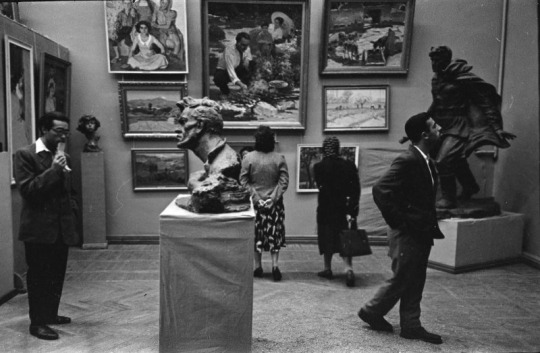
In the National Art Gallery. Photo by Sigizmund Kropivnitsky (Tbilisi, Georgia, 1958).
176 notes
·
View notes
Photo

Mamuka Japharidze. St. Sebastian. Performance, Tbilisi History Museum, Georgia, 1992
In December 1992, 10th Floor and Marjanishvilebi member Mamuka Japharidze (born 1962) performed at the Tbilisi History Museum as St. Sebastian. Covered in white chalk and tied with rope to a pillar, the artist presented himself to the public as a sculpture of the Roman saint. Although St. Sebastian is considered the patron saint of homosexuality, Mamuka used the religious figure to reference the chaos of the Georgian civil war. In religious iconography, St. Sebastian is depicted pierced by the arrows of a Roman legionnaire, rendering the viewer—who is in the position of an archer—the unconscious executioner.6 By inviting the audience to look at both him and each other, Japharidze addressed the interaction between victim and abuser. After a thirty-minute performance in a semi-derelict space on a freezing cold day, the artist walked to the old Roman Sulphur Baths to wash himself clean. With references to the torturous nature of war, he also played with words and their meaning: in Georgian, romelia translates as “who is” and “Roman.”
https://post.moma.org/an-underground-bridge-to-georgian-collectiveness-finding-a-tribe-through-collective-trauma/
#mamuka japharidze#tbilisi history museum#st. sebastian#performance#performance art#trauma#georgian civil war#georgia
201 notes
·
View notes
Photo
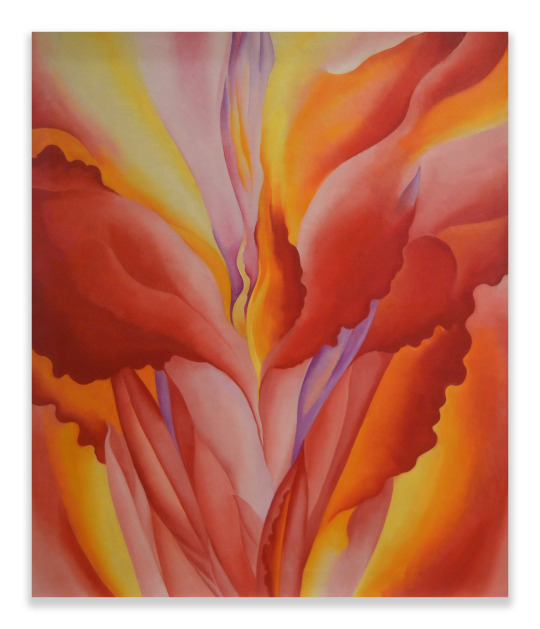
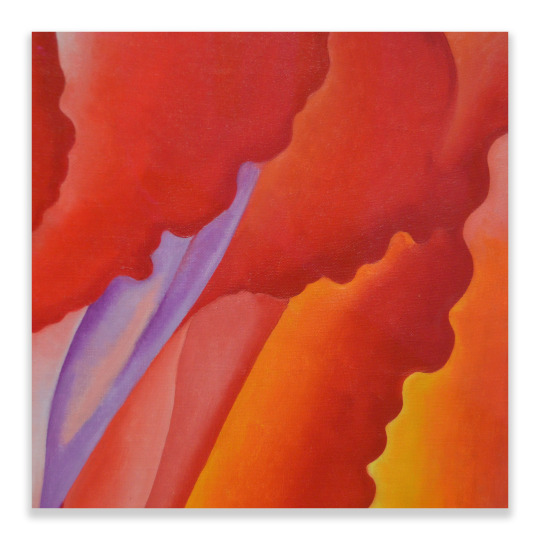
Georgia O’Keeffe / Red Canna, 1925 - 1928 / Oil on canvas mounted on Masonite.
On view at Abstract Perspectives in Mid-century Art at the University of Arizona Museum of Art in Tucson.
I love the fiery colors and the macro perspective in this painting. O’Keeffe said of her flower paintings, "When you take a flower in your hand and really look at it, it's your world for the moment. I want to give that world to someone else.”
#photographers on tumblr#Georgia O'Keeffe#mid-century abstract art#women artists#University of Arizona Museum of Art#Tucson#Arizona
151 notes
·
View notes
Text
think i found a fake georgia o'keeffe painting lol
#this has been an original post#personal spewage#like. not a real painting someone is trying to pass off as a georgia o'keeffe#just. an image online that is being credited as by her#but not only do i suspect it's not. i don't even know where it _is_ from#like i think it might've been created just to be attributed to her? or something?#like this might be one of those things where it made the leap from physical sources to digital and lost its citations along the way or w/e#but uhhhh. i don't think so#the earliest reference to it i could find was in 2007 on a random art history site (not affiliated w any actual organization/museum/etc)#after that it's all. freaking. pinterest/instagram/tumblr#anyway i emailed the georgia o'keeffe museum abt it. hopefully they get back to me ¯\_(ツ)_/¯#this matters to me okay! i love her work!#i hate that when everyone sees one of her pieces all they think is “hur dur that looks like a vag”#a) that was not her intention and b) jesus christ can you think with something other than your reproductive organs for five fucking minutes#yes some things in nature are going to look phallic and/or yonic#you can have a good chuckle over it but then _move on_#not everything is about sex/sexuality/the human body#sometimes ppl just want to paint pretty flowers#-sigh-#anyway#that's been my crusade today
30 notes
·
View notes
Text
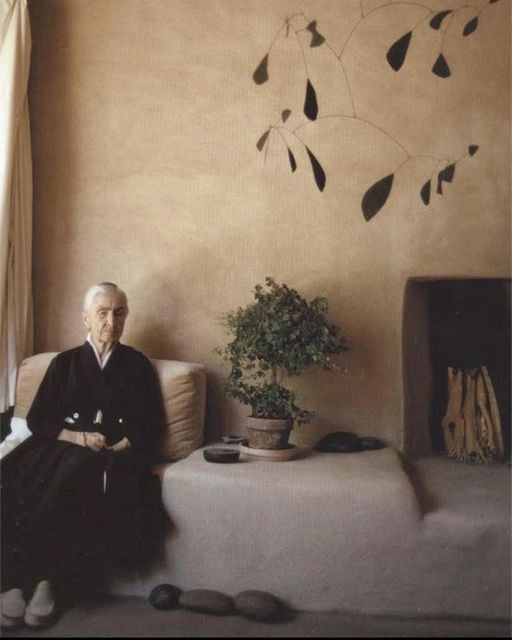
“Fill your space in a beautiful way."
Georgia O'Keeffe in her home at Abiquiu, New Mexico. An Alexander Calder mobile hangs over her fireplace, a gift to her by the artist in 1942 (Georgia O’Keeffe Museum)
50 notes
·
View notes
Text

Georgia O'Keeffe (American, 1887-1986) • Seaweed • 1927 • Cantor Arts Center, Stanford University
Photo credit: Pagan Sphinx Photography
#art#painting#fine art#art history#american artist#american modernist#georgia o'keeffe#oil painting#woman artist#woman painter#museum photography#painter#american painter#pagan sphinx art blog#art blog#art lover#my photos#pagan sphinx photography
21 notes
·
View notes
Text

"Venus" by Sandro Botticelli at the Dimitri Shevardnadze National Gallery.
Exhibition installation process. 2017. Tbilisi, Georgia.
#art#botticelli#the birth of venus#museum#renessaince art#art history#sandro botticelli#tbilisi#georgia#mine
9 notes
·
View notes
Photo



An exhibition at the Denver Art Museum renders Georgia O’Keeffe’s persona through newly identified photographs.
160 notes
·
View notes
Text

Black Rock with White Background (1963-71). Georgia O'Keeffe.
43 notes
·
View notes
Text
#CowAppreciationDay:
While Georgia O'Keeffe painted some shells and skulls along with her many flowers and landscapes, living animals show up very rarely in her work. This is easily the best of those exceptions! 🐮
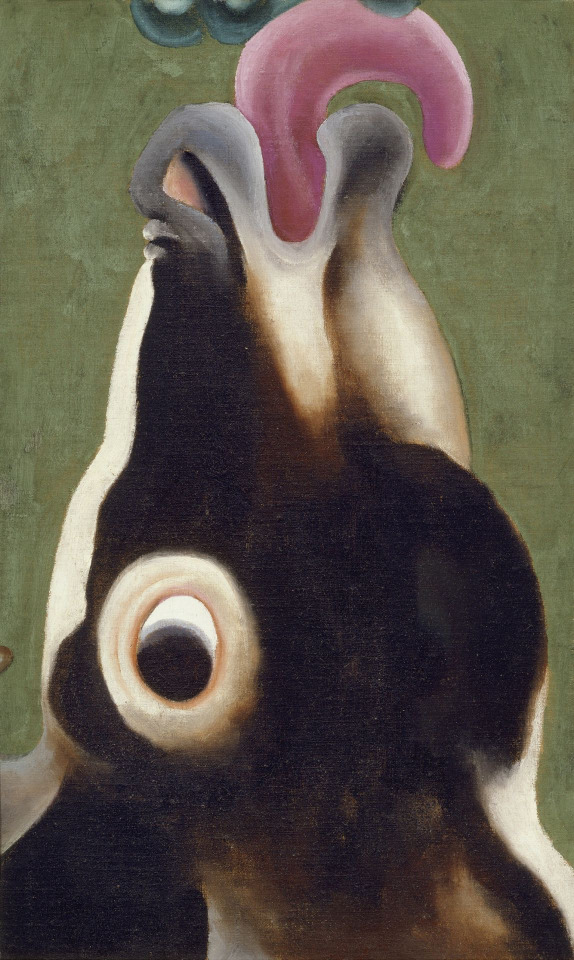
Georgia O'Keeffe (American, 1887-1986)
Cow Licking, 1921
oil on canvas
Denver Art Museum
Read more about this unique piece here:
#animals in art#cow#Georgia O’Keeffe#modern art#20th century art#women artists#Denver Art Museum#animal holiday#Cow Appreciation Day#painting#oil painting
527 notes
·
View notes
